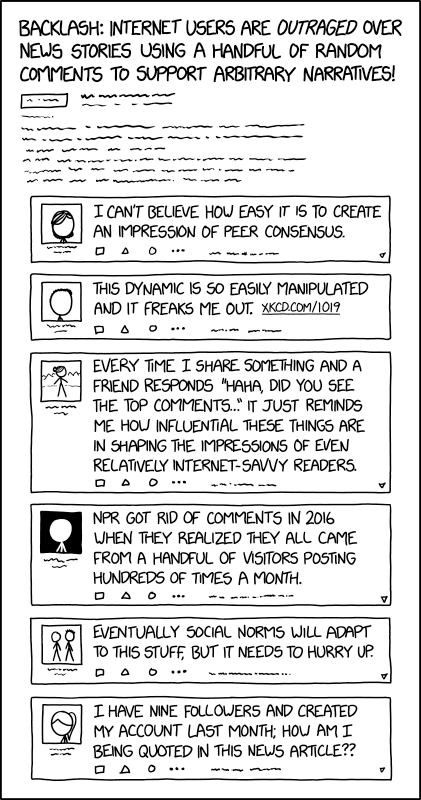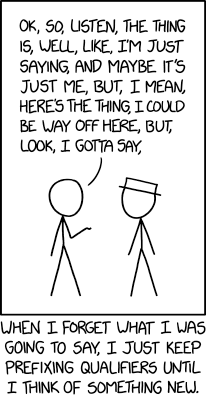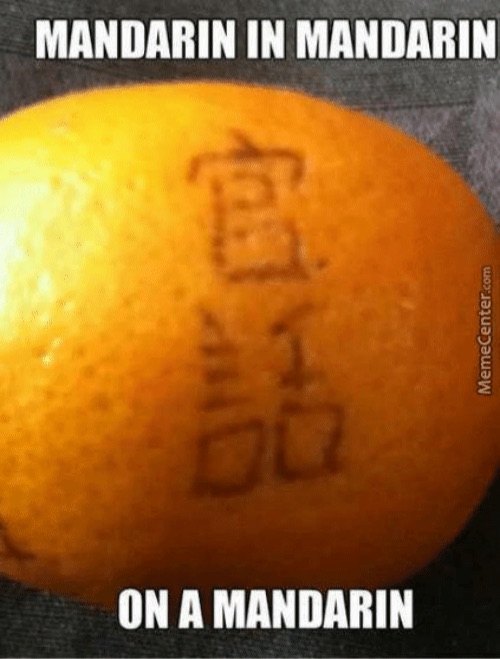Writing: from complex symbols to abstract squiggles
There's a new exhibition on "Writing: Making Your Mark" at the British Library. Judging from the homepage and all that I've heard about it, this is an exciting, informative, comprehensive display of more than a hundred objects and forty different systems pertaining to the history of writing during the past five millennia and drawn from around the world. Since it's open until Tuesday, August 27, 2019, if you're in the vicinity it would be worth your while to stop by and take a look.
There's also an excellent article by Kristina Foster about the exhibition in Hyperallergic (6/7/19):
"A History of Writing, from Hieroglyphs to Squiggles: An exhibition at the British Library powerfully delves into the personal and political complexities of writing, driving home that it’s not only one of humanity’s greatest inventions, but born out of the strongest human motivations."
Read the rest of this entry »






